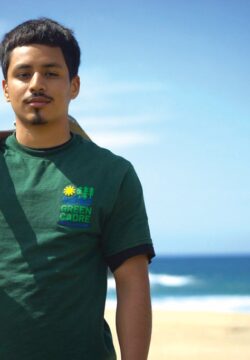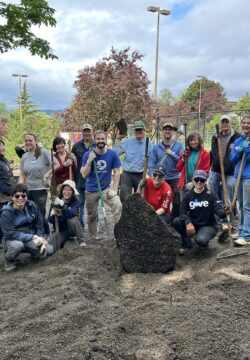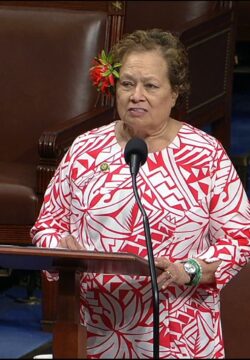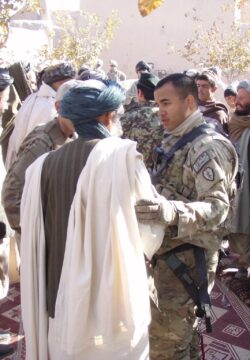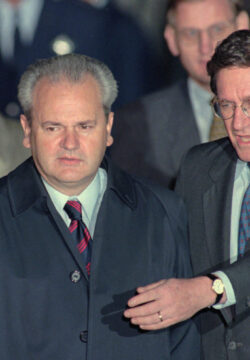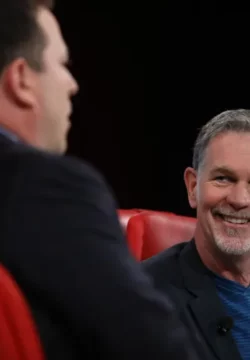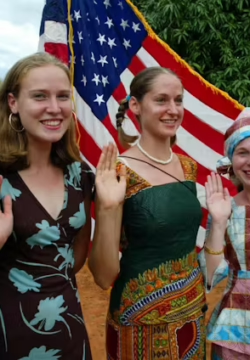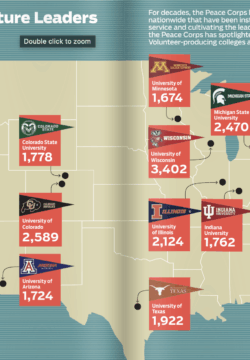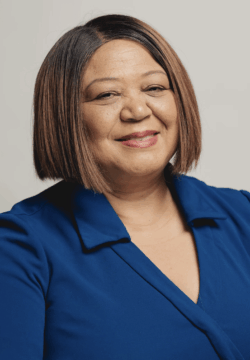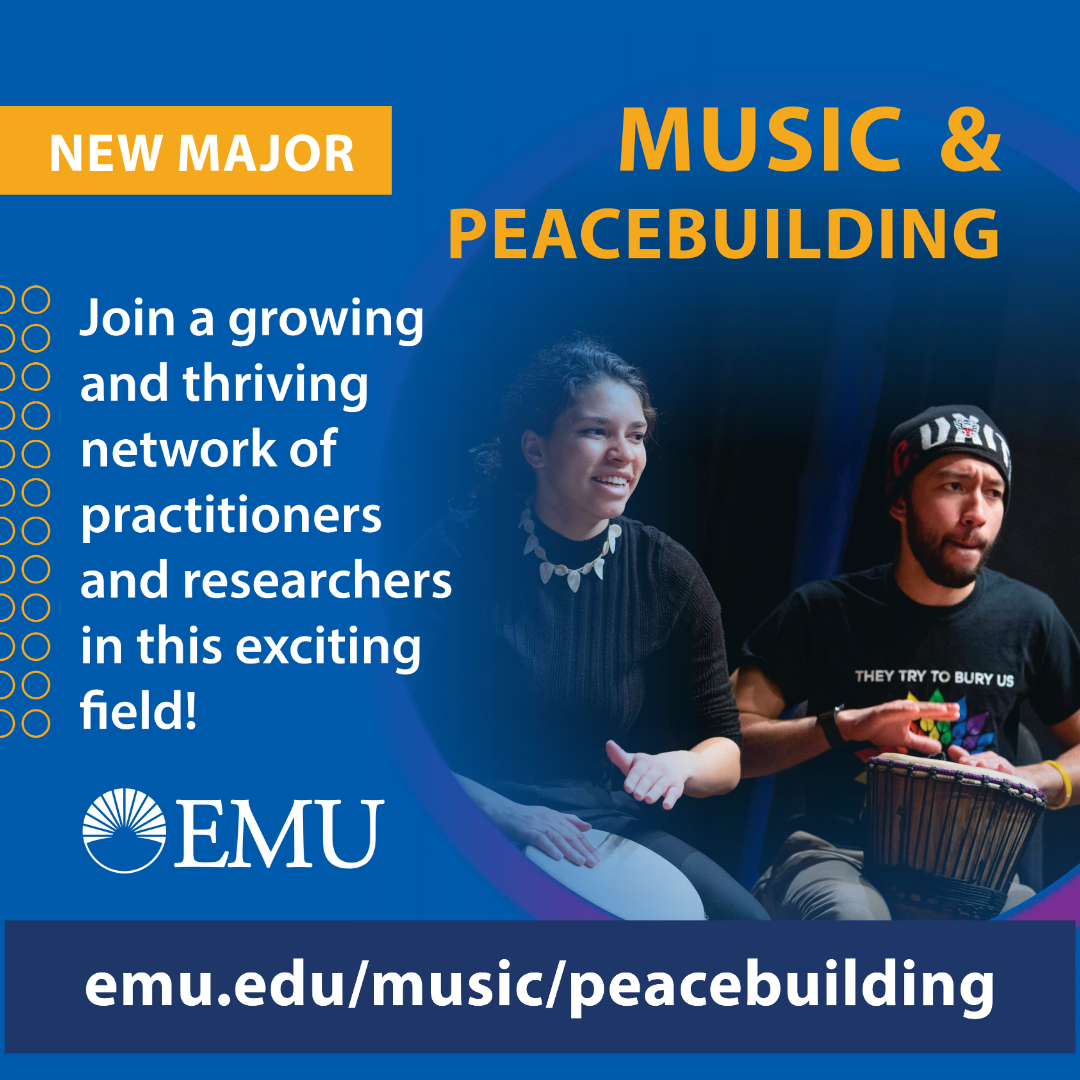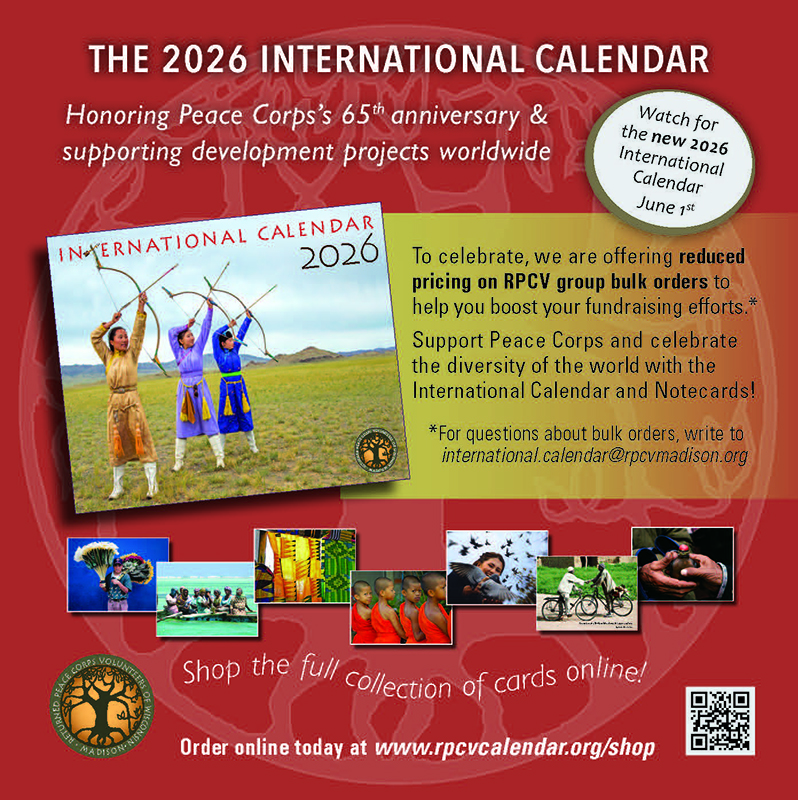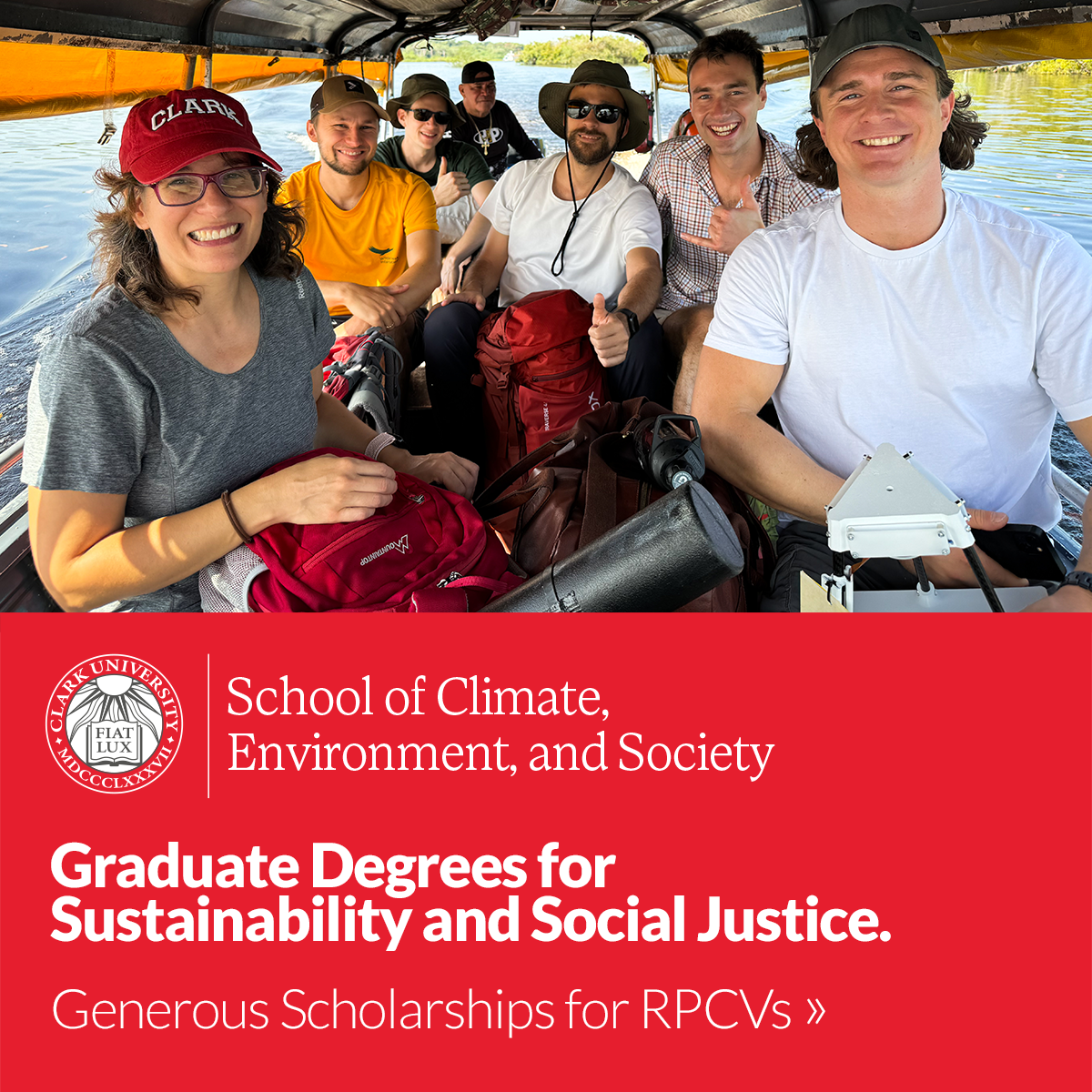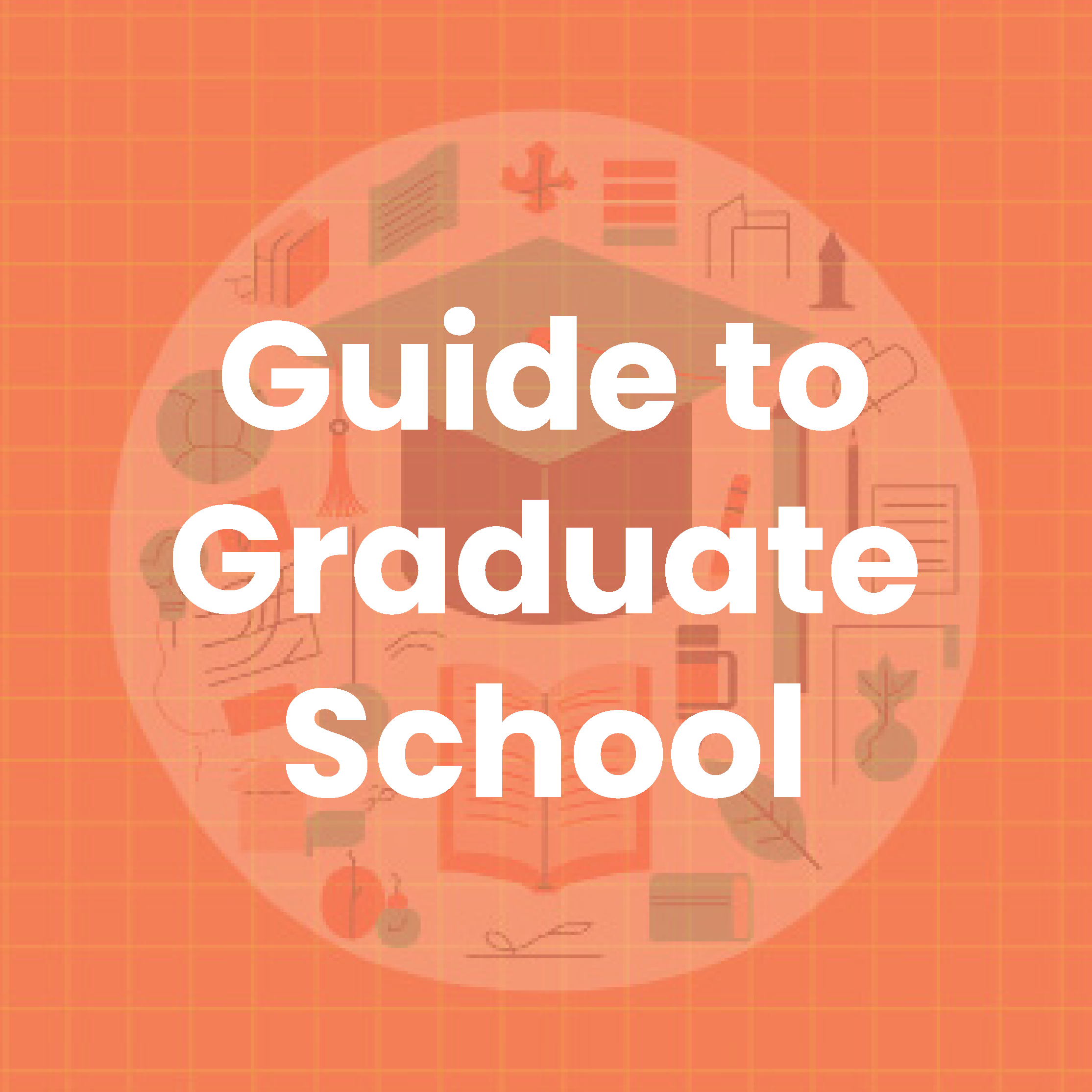WorldView Magazine: National Service
“Bigger Than Peace Corps”
California Service Corps is the largest state-based service program in the U.S. , with more than 10,000 volunteers across the state in 2025. California’s Governor Gavin Newsom proudly calls the program “bigger than the Peace Corps.”
Garden of Refuge
As part of our commitment to continued service, the Seattle Peace Corps Association (SEAPAX) is partnering with World Relief Western Washington to support a refugee community garden. For the last five years, teams of SEAPAX Volunteers have worked in the garden, clearing weeds in the spring to ready the beds for the planting season and planting cover crops in the fall to prepare them for winter.
Show Up, Stand Up
For now, at least, Peace Corps remains one of the last vestiges of America’s position at the vanguard of soft power, leadership, and international cooperation. NPCA President Dan Baker on why now is the time to stand up for service.
Plains to the Pacific
Individual actions are the building blocks to continued success. As the following updates show, when our community is mobilized, we can reach every part of this country. Here are a few examples of how local and state-based advocacy can advance our cause. This not only includes NPCA’s ongoing Stand Up for Service campaign, but, critically, our annual National Days of Advocacy in Support of the Peace Corps. During this year’s event, advocacy leaders in more than 30 states carried out close to a hundred successful activities throughout March and April.
Domestic Dividend: Part III
As Dean Rusk, former U.S. Secretary of State, once said, “The Peace Corps will make its greatest contribution to foreign policy by not being a part of foreign policy.” It’s a concept the agency has had to navigate since.
The Domestic Dividend: Part II
It wasn’t until the late 1980s that Harvard political scientist Joseph Nye coined the term “soft power,” but Peace Corps fit Nye’s description: a foreign policy tool that achieves desired outcomes through attraction rather than coercion.
The Domestic Dividend: Part I
How do you measure the value of transformation? Ask almost any RPCV if their service was worth it and you get a resounding “Yes.” But ask the average American taxpayer and you may get a different answer.
Americans Need to Know
The Peace Corps, simply put, helps improve the U.S.’s image worldwide, writes RPCV and Professor of Government and International Affairs at Kennesaw State University Thomas J Nisley in The Conversation.
What the Peace Corps’ 2024 State Rankings Tell Us About American Service, and Why It Still Matters
https://www.peacecorps.gov/about-the-agency/media-center/news/peace-corps-announces-2024-top-volunteer-producing-states/ The Peace Corps has released its 2024 list of the top volunteer-producing states, offering more than just a snapshot of where its recruits come from, it reveals something deeper about the enduring draw of public service and the quiet ways Americans contribute to international peace and prosperity. Leading the list is California, which sent 361 volunteers abroad this year. Not far behind are Texas (181), New York (177), Virginia (172), and Florida (171). The numbers may look small compared to state populations, but the impact of these volunteers on both the communities they serve and on the United States itself...
Keeping it Real: Narrative Integrity and Ethical Storytelling
This year’s Peace Corps Connect conference offered a 360-degree view on all things Peace Corps. For advocates, Congressman John Garamendi, the only RPCV currently serving in Congress, gave his views on Peace Corps funding and its role in U.S. foreign policy. For observers of the agency, Director Carol Spahn shared her vision for the future of Peace Corps, including greater efforts to combat climate change, expand youth development, and address gender equity at new posts being added regularly since the decline of the COVID-19 pandemic. For champions of the work RPCVs do at home, awards were announced, and a new platform for the continuation of...

